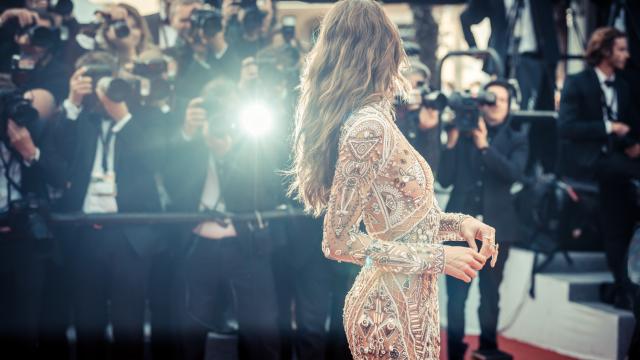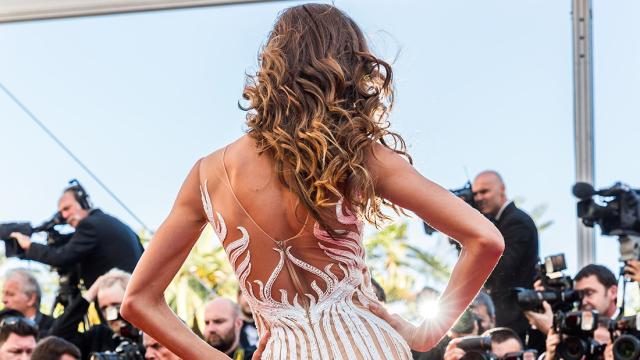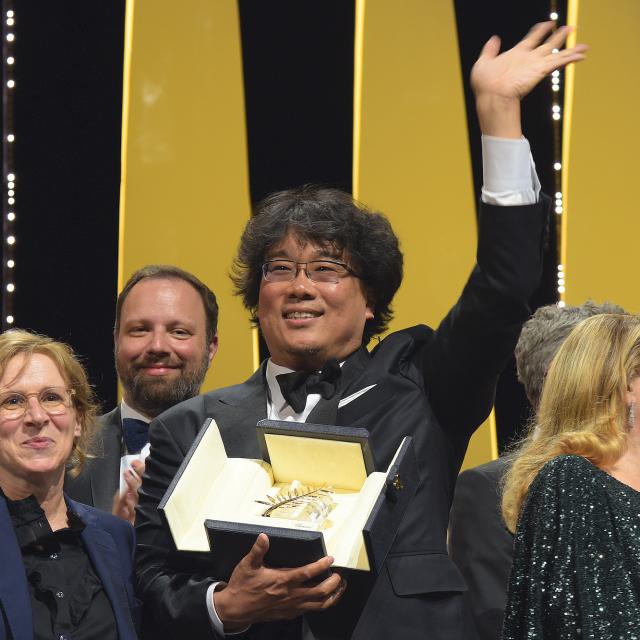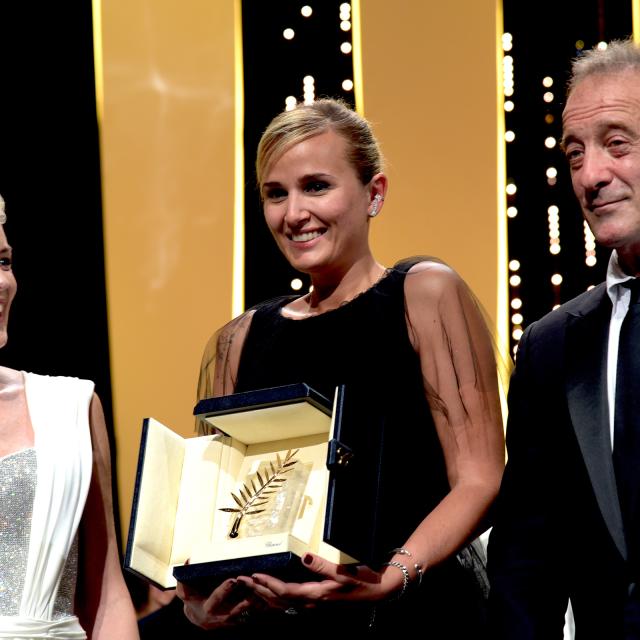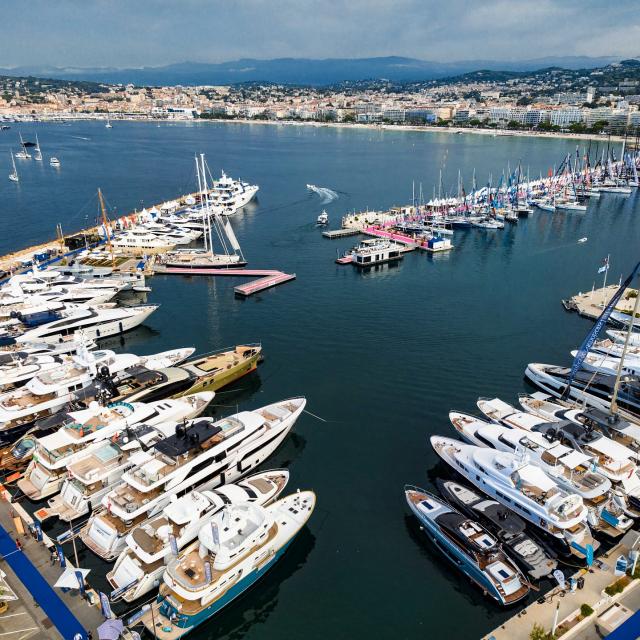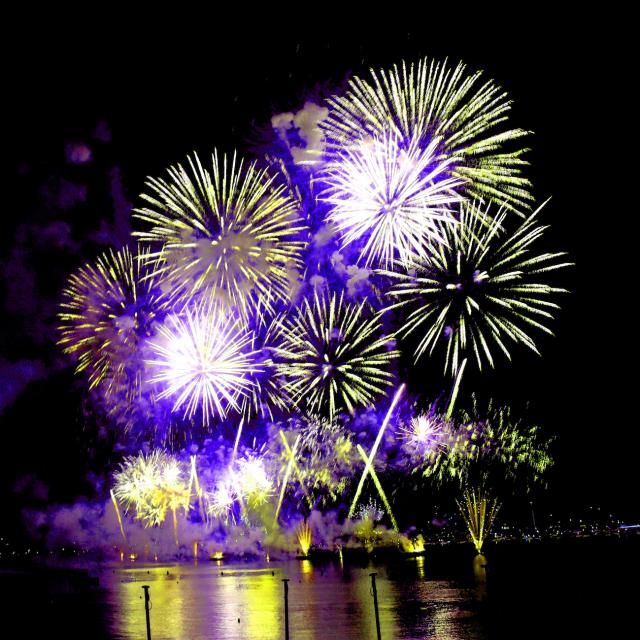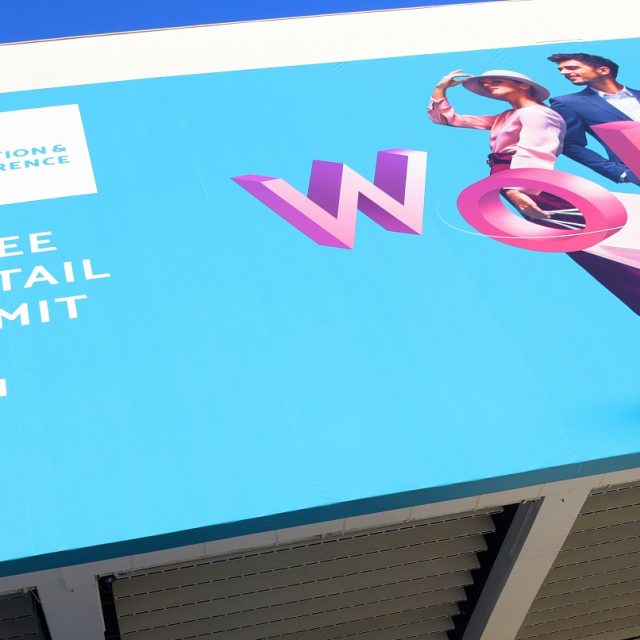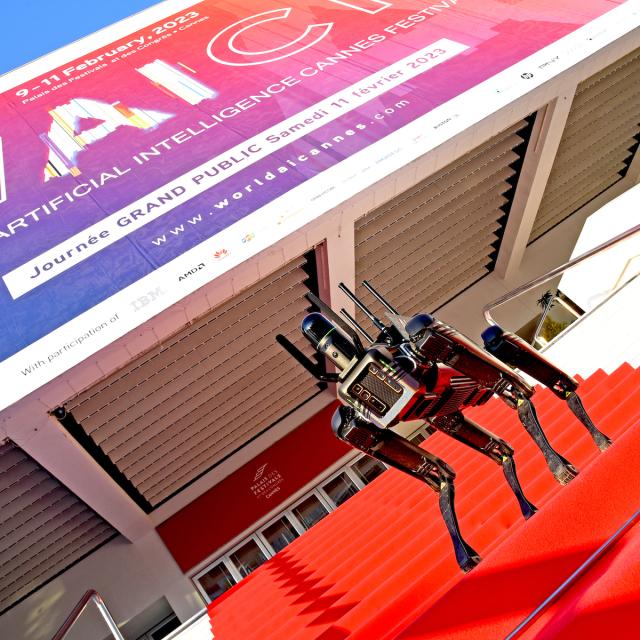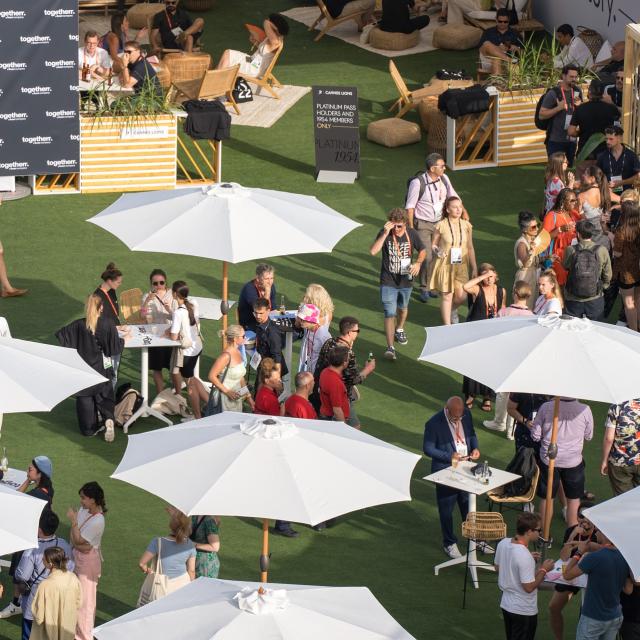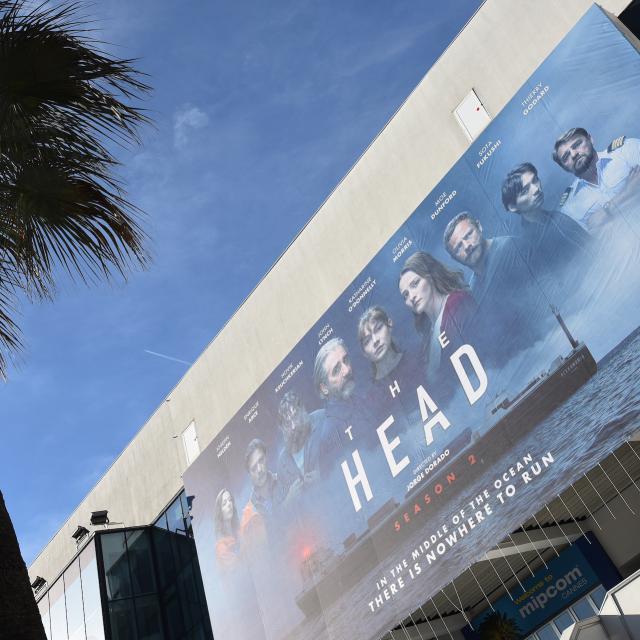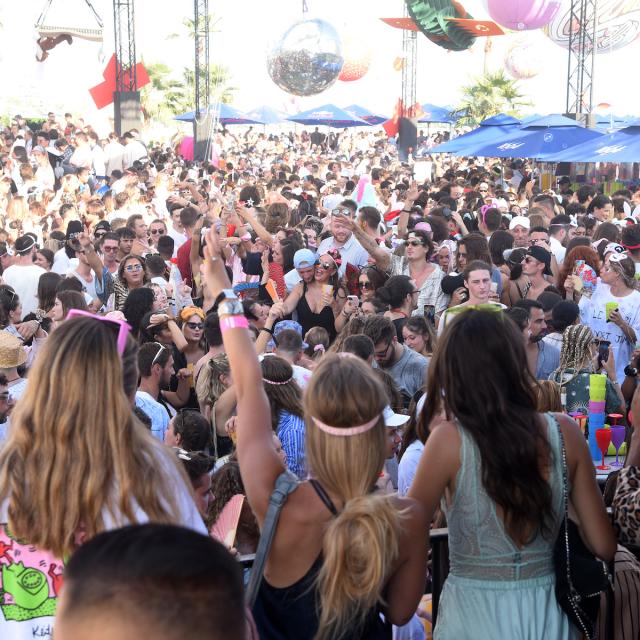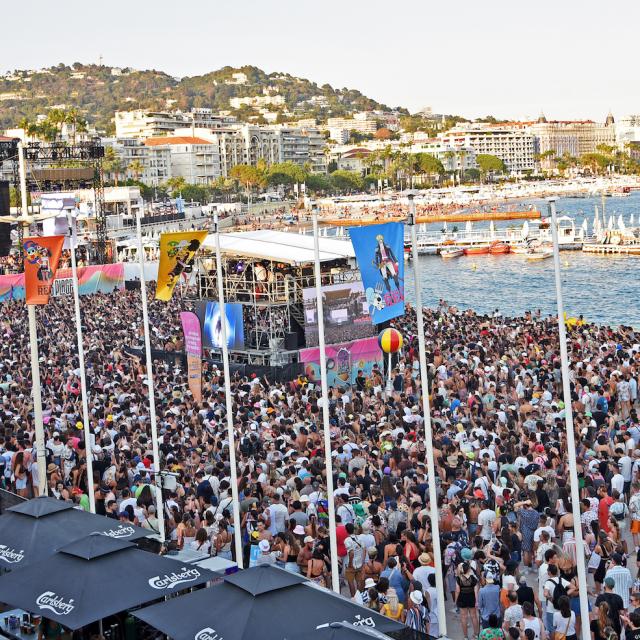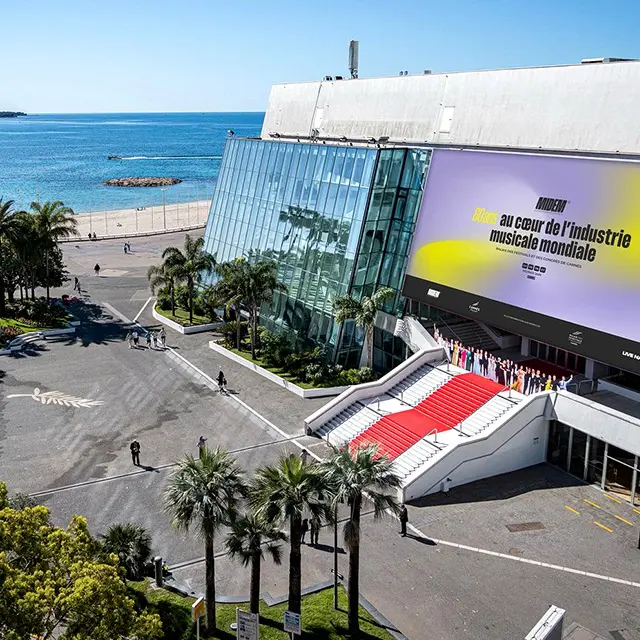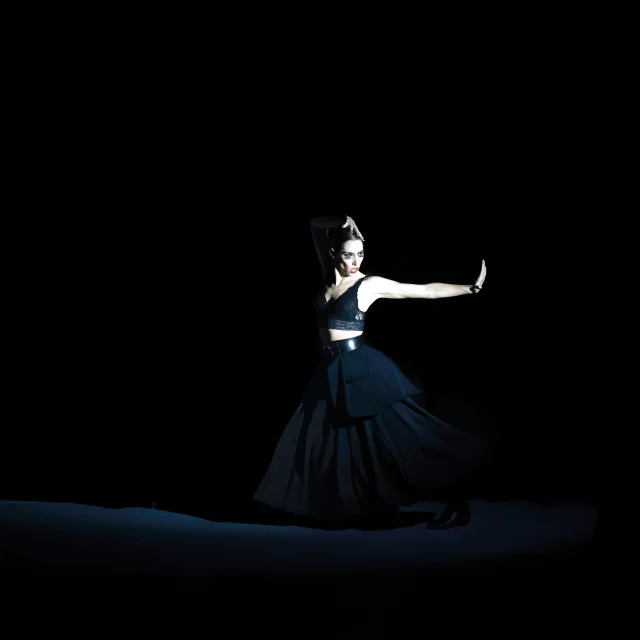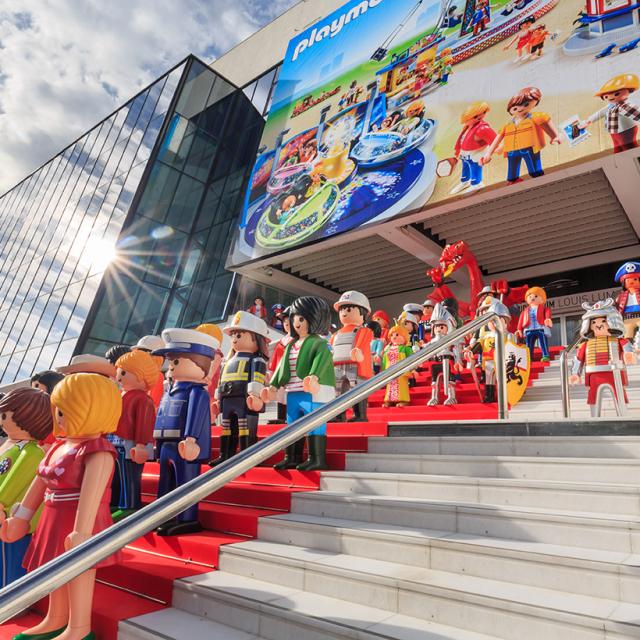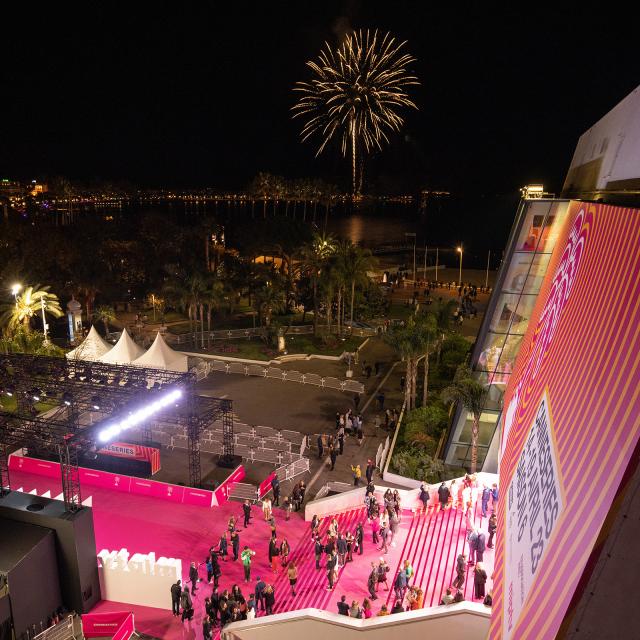Le Festival de Cannes
puts the spotlight on cinema and la Croisette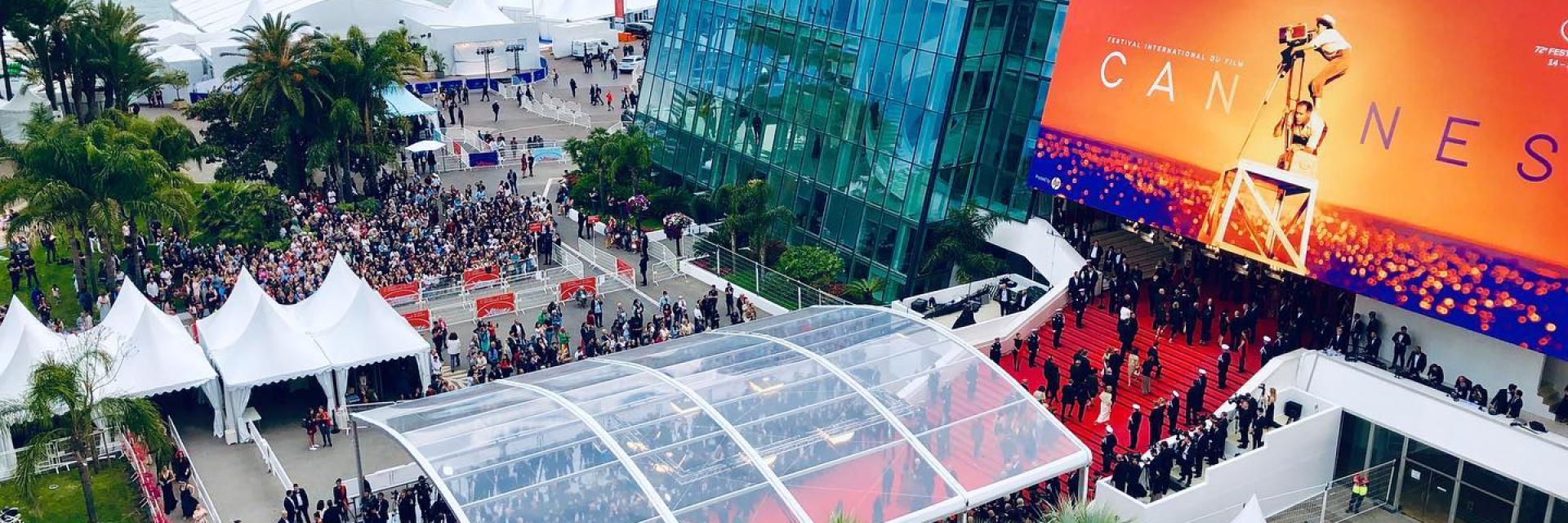 Palais Vue Sur La Montee Des Marches
Palais Vue Sur La Montee Des MarchesSteps to a summit
They are the standard that symbolizes le Palais des Festivals et des Congrès around the world, and, through them, the whole of Cannes. Pampered, cajoled, scrutinized, adored, the 24 steps, covered in red carpet, become, every spring, the center of the cinematic world for a unique moment of art and stars.
Surmounted by the official poster (and its 145 kilos) on le Palais cap, the famous staircase alone embodies the epic of a seventh art of the highest quality, with a selection of films made by directors from all over the planet. The weight of talent, the clash of cultures!
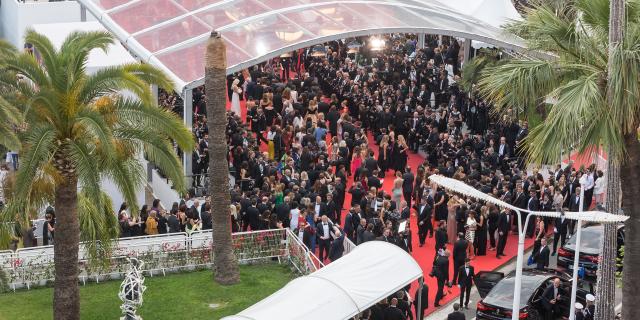 montee des maches de cannes
montee des maches de cannes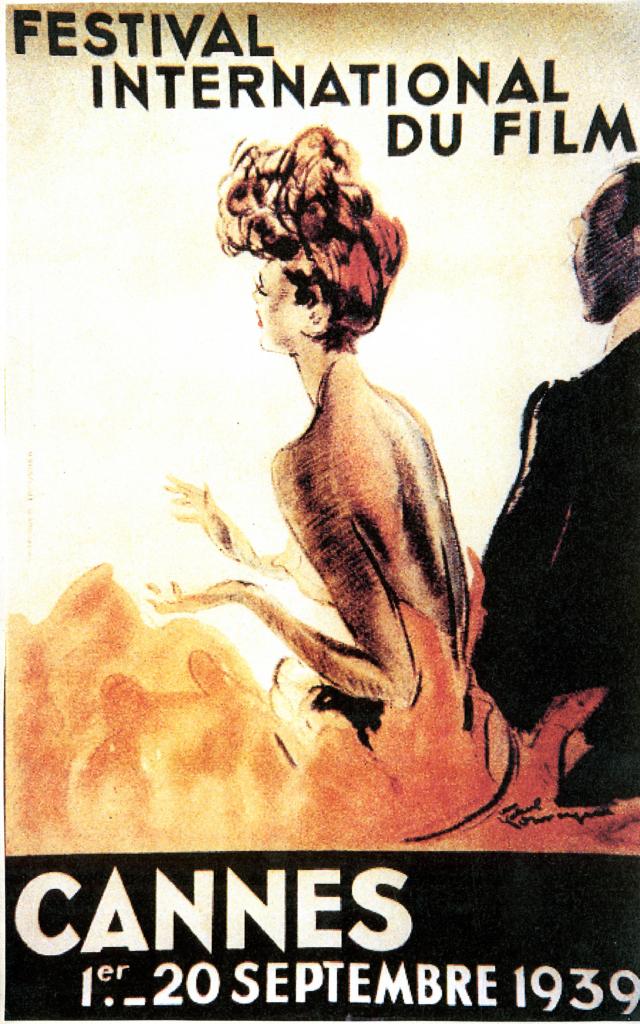 Poster 1939
Poster 1939Le Palais Revolution in 1983
After a first attempt was cancelled in 1939 to counter Mussolini and Hitler’s stranglehold on the Venice Film Festival’s prize list, the Cannes Film Festival has come a long way.
Did you know that it was almost organized in Biarritz rather than Cannes? At the time, the municipality of the small Côte d’Azur fishing village (in the making) fought to obtain the organization.
The first edition dates back to 1946. A success. Time has passed.
The event has been held within the walls of le Palais since 1983 .
In several decades, the building has evolved considerably and will continue to make the world of the seventh art dream.
Everyone's a star!
The Festival de Cannes is totally integral to the identity of Cannes and the Palais des Festivals et des Congrès. We’re obviously thinking of the Grand Théâtre Lumière with its giant 29×9-meter screen and exceptional acoustics for official screenings.
We’re also thinking of the Croisette and its famous hotels. They’re part of the scenery and part of the legend. The fans who turn out in droves every year to see the films, get up close to the actors or take part in festival life are not going to argue…
In the spotlight
Le Festival de Cannes is one of the most important media events in the world, covered by more than 4000 journalists and over 2000 media outlets from around 90 countries. 280 photographers and 80 TV channels immortalize the film crews on the red carpet.
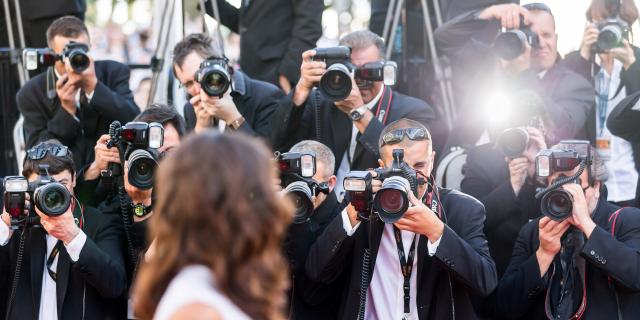 Cannes Film Festival
Cannes Film FestivalLittle indiscretions about the Palme d'Or
The famous trophy that is awarded by the jury, to the best film in the competition, is a jewel in its own right. A work of art.
The Palme, whose design is inspired by the coat of arms of the city of Cannes, weighs 118 grams and requires 40 hours of work by five artisans at the maison Chopard.
It is certified “Fairmined”, a label that attests to the provenance of gold produced by artisanal mines.
The Festival's commitment to the environment
Since 2021, the organizers have taken a proactive and realistic approach to protecting the environment through two priority issues: carbon emissions and waste management.
This includes equipping 100% of the official car fleet with electric and hybrid vehicles.
Thanks to the concentrated spaces of le Palais des Festivals et des Congrès, walking is favored for a large majority of accredited guests. All benefit from a free pass for Cannes public transport.
In just a few years, the Festival has reduceddrastically the weight of paper printouts by dematerializing many publications and ticketing. Plastic water bottles are no longer distributed. Water fountains are deployed in the various spaces.
Even the red carpet has not escaped this green wave, as changes to the famous carpet have been halved. 59% of the usual volume is saved during each edition.
Very significant efforts are made on thederivative objects sold in Cannes Festival boutiques. The share of goodies of French origin is increasingly important.
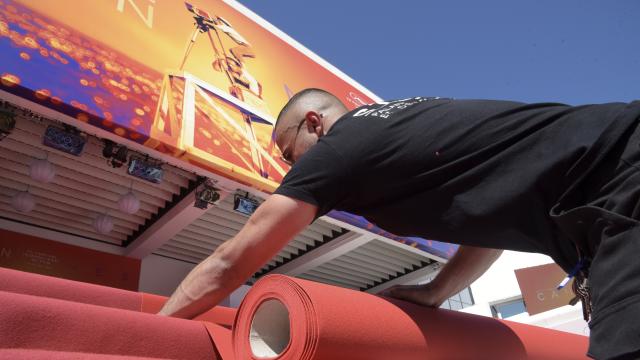 Carpet Tapis Rouge Festival Cannes
Carpet Tapis Rouge Festival Cannes